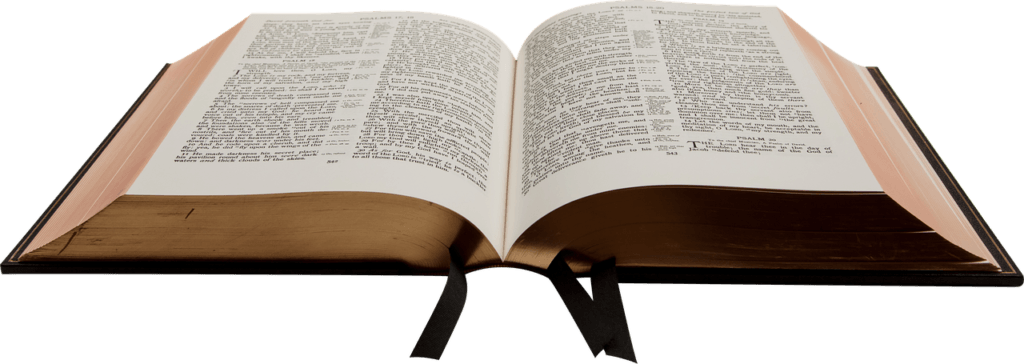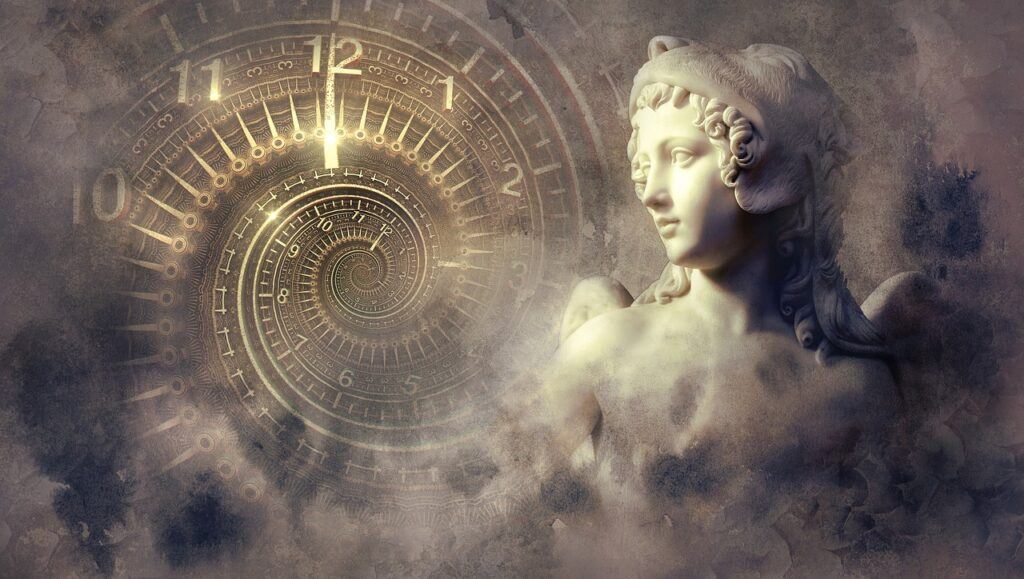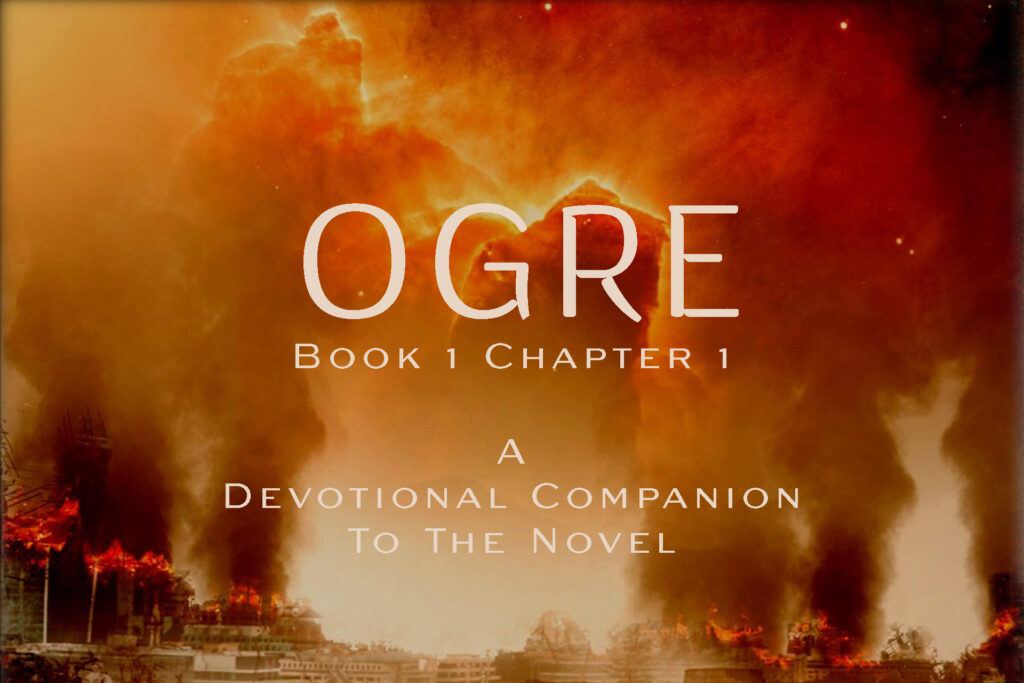The bible has many profound things to teach us. (Yes, even still today.)
One of them is found simply in the way the bible as a whole portrays the turning of human history.

The “bible” as a whole is not a single book. It is a collection of narratives, some historical, some legendary, most somewhere in between, and all inspired by God for our “instruction in righteousness,” (2 Tim 3:16). The very diversity and vastness of this collection show us, over and over again, that nothing in this world is permanent, or ever could be.
Human institutions crumble, rise, and crumble again. Good things become corrupt and fall apart, only for good to rise from the ashes.
There is nothing new under the sun.
The biblical witness to history tells us, over and over again, that God is singular, eternal, and absolutely good.
The same can be said for nothing else.
The bible was written over a period of at least one thousand years – probably longer. Even in the pages of this collection, supposedly eternal laws are rewritten, ideas about God change, a better understanding of righteousness evolves, then is forgotten, then remembered again.
Here “under the sun” there is only one constant, and that constant is change.
One bible across its centuries of recorded time bears witness to one consistent kind of change. It is an ever-recurring sequence, from good to decay to good to decay – over and over again.
There is nothing new under the sun.

This is both a blessing and a curse.
It curses us to the endless cycle in which all our efforts, like our bodies, ultimately fade into decay.
But it frees us, too, from a most unrealistic expectation. The cycle shows us, in short, that it is not our job to build a perfect world. We cannot do so. It is impossible.
And therefore, all we can do – all we have to do – is our best.
Frankly, that is hard enough.
Ogre opens at the edge of a great calamity – the collapse of a government that was good and just. The specific circumstances are extraordinary and products of my imagination. The reality of such events, however, could not be more firmly grounded in the actual lived experience of the human species.

In these moments, when what we count on and take for granted is suddenly ripped from under us, we as human beings – religious or not – have a tendency to cry out in distress, to place blame, and to demand why God – or fate, etc. – would allow such things to happen. This is not a religious tendency. It is a universal human one.
I think, maybe, we dwell so long on that question – “Why, O God, have you allowed such things?” – because we are trying to avoid a harder question.
To blame some faceless God far away – or fate, or luck, or karma, etc. – when disaster strikes is much easier than facing the real question that such disasters would otherwise compel us to ask.
Maybe God has a reason for allowing such things.
Maybe they are just the way this world works, inevitable as the rising and the setting of the sun.
In any case, it makes no practical difference in our lives, after the fact, why these things happen. Sometimes, it is important to understand why tragedy occurs, if knowing might stop such things from happening again. But more often than we would like to admit, even knowing the why cannot stop a recurrence of the event. And in any case, you cannot change what has already occurred.
The harder question is harder exactly because with it we can enact change. With the answer to this question, we can take some control back from destiny.
How do we go on after disaster? What is the best that we can do, now?
Because the endless cycle also reminds us that decay (disaster) is never permanent. In the cycle, we participate in our in our resurrection, the rebirth of good out of destruction.
Good decays.
It is forgotten.
It never stays that way.
For two thousand years, Christians have believed that the very existence of this historical cycle points to an end. Christianity teaches of a final resurrection of Ultimate Good that will break the cycle (and history itself) once-and-for-all.
Until then, every minor resurrection of good in the historical cycle points to that ultimate end. History proves that there is no decay deep enough to prevent good from rising again.
And so, the question returns – in which part of the circle will we choose to stand?
When decay (disaster) comes, what do we do?
Do we accept it, die with it?
or do we fight for the good to come again?
At the end of this chapter, our heroes do not yet know enough to even ask the question. They stand reeling from the catastrophe, watching stability bread down, with violence rising to fill the void.
Such is the nature of human reality, inevitable as the rising and the setting of the sun.
Soon, however, they must face the real question, as much we all, sometime or another –
What do I do now?